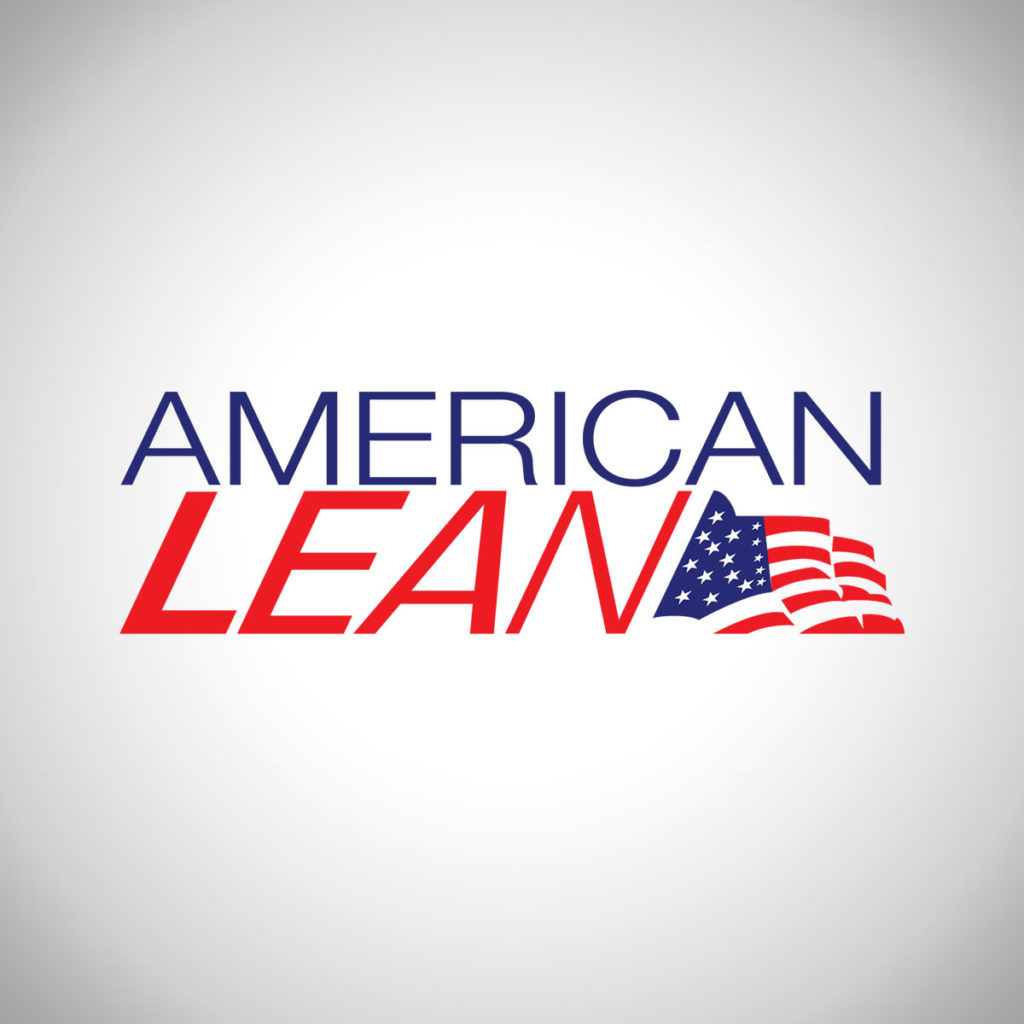Think back to 1986, if you can. What were you doing? Were you in College like I was at the University of Cincinnati? Were you riding a Huffy bicycle as a young woman or man? From 1986 to 1989 I was lucky enough to be an Industrial Engineering student and I had a co-op job at Huffy bicycles.
Huffy had brought in a consulting firm whose initials at the time we AA. After spending many months on-site collecting data, they made a final presentation to our management team using acetate slides on an overhead projector- powerpoint was many years away.
They suggested that we embrace something called “Lean” manufacturing to make improvements within the factory and to help us combat the many Asian competitors that were bringing bikes to America. Here is a picture of the best selling bike at the time, a 1987 BMX Sigma.

I can remember the Industrial Engineering manager being livid in the fact that they used a “canned” presentation. “We spent $100,000 dollars on them, and they gave us a canned presentation that they probably give to everyone!”
Regardless, the information in the presentation was heard and we decided that we were going to deploy Lean concepts on our own. This was a few years before James Womack would publish the Machine that Changed the World. At the time there wasn’t much information readily available.
We learned and implemented some key concepts like pull systems and welding cells. We partnered with the Steel Workers Union to collapse job classifications (we didn’t realize at the time that lean is mostly about engaging employees and culture change).
We tried things, looked at the results, and often tried things again following the Plan, Do, Check, Act- Deming wheel. At the end of the day, it was an unbelievable place to learn as a college student and generate excitement to complete your Industrial Engineering degree.
After college, I spent six years in the paper industry and implemented as many Lean principles as were practical. We used pull systems for raw materials like dyes and chemicals. We used FIFO lanes for rolls of paper in front of some of the downstream processes. But I always wanted to be a consultant.
After working in the paper industry for five years, I began a consulting career with a Manufacturing Extension Center (MEC) in Cincinnati. The purpose of the MEC was to consult with local companies of all sizes and help them increase their competitiveness through the adoption of Lean principles. Clients ranged from Morton Salt and Ford to family-owned businesses.
In 1998 our family relocated to Denver Colorado. I can remember hoping that I could get a job with JCIT- John Costanza Institute of Technology. John had packaged many lean methodologies into something called Demand Flow Technology or DFT. Working there for several years, I implemented DFT within all sorts of Fortune 100 companies.
I can remember working with Carrier corporation a high-volume producer of HVAC equipment. We also consulted with Trinity Industries who made railcars and barges. Rail cars and barges are large, low-volume items. Demand Flow Technology was applicable across all of these industries.
Since leaving JCIT in 2000 and working on my own, I have had the opportunity and pleasure to work with many companies across the US and in Mexico. Curtiss Wright, Proctor & Gamble, Lockheed Martin, United Technology Corporation, Stryker medical, to name a few of the larger ones.
I have also been fortunate enough to work with many private, family-owned companies as well as covering every industry from the medical device industry to auto body shops. Every company has their own dynamic, their own unique needs but they all wanted to get better which is what matters.
Because of these tremendous opportunities, I have been able to road-test various frameworks for supporting successful Lean Transformations. What I have learned is that a four-step framework works well and is easily understood by everyone from leadership to the team members on the floor.
I use a sports framework because in America we are highly driven by sports culture. It is called the Lean Game Plan and it works well for organizations of all sizes and industries. The four steps for success are:
- Define your Vision– Create the strategic goals, establish a Lean Management System, Value Stream map key processes and set-up a scoreboard where everyone can see how the business is performing.
- Employee training camps– train the leaders and employees on basic Lean concepts.
- Execute the Lean Game Plan– Develop a quarterly game plan of Rapid Improvement Events. Stabilize and improve your key processes with coaches and coordinators. Develop standard work for your key processes and conduct the identified Rapid Improvement Events to make improvements.
- Half time adjustments- Measure the results and adjust as necessary. Use sustain tools to keep the improvement gains. Establish process metrics that mean something to the employees, so they remain engaged in making improvements.
As we move through the year, I will cover these topics and more in greater depth in the hopes of adding value to your company’s Lean Transformation.
Until tomorrow I hope that you and your company are getting better every day!
You can listen to this on the American Lean Weekday podcast!
You can listen to this on YouTube here!

